When it comes to painting your living room, choosing the right color scheme is crucial. One popular option is a neutral color scheme, which can create a calming and versatile space. Neutral colors such as beige, gray, and white are easy to match with furniture and decor, making it easy to change up your living room's look without having to repaint. Consider using earthy tones or warm neutrals for a cozy and inviting feel, or opt for cool neutrals for a more modern and sleek look.Neutral Color Schemes for Painting Living Room
For those who want to add a bit of energy and warmth to their living room, a warm color scheme is the way to go. These colors are typically associated with comfort and coziness, making them perfect for creating a welcoming and inviting space. Shades of red, orange, and yellow can add a pop of color to your living room and create a stimulating and invigorating atmosphere.Warm Color Schemes for Painting Living Room
If you prefer a more calming and relaxing atmosphere in your living room, a cool color scheme may be the way to go. Shades of blue, green, and purple are known for their soothing and tranquil qualities, making them perfect for creating a peaceful and serene living room. These colors can also help make a small living room feel more spacious and airy.Cool Color Schemes for Painting Living Room
A monochromatic color scheme involves using different shades and tones of the same color. This can create a harmonious and cohesive look in your living room. For example, you could use different shades of gray or blue to create a subtle and sophisticated living room. This type of color scheme also allows you to play with light and dark shades to add depth and dimension to your living room.Monochromatic Color Schemes for Painting Living Room
Complementary colors are those that are opposite each other on the color wheel, such as blue and orange or red and green. These colors create a striking and dramatic effect when used together. Incorporating complementary colors into your living room can add a bold and energetic touch to the space. However, it's important to balance out these colors with neutral tones to avoid overwhelming the room.Complementary Color Schemes for Painting Living Room
Similar to monochromatic color schemes, analogous color schemes involve using colors that are next to each other on the color wheel, such as blue, green, and purple. This type of color scheme creates a harmonious and coordinated look, making it a great option for those who want to create a calm and relaxing living room. You can choose to use different shades of one color or incorporate all three colors in equal amounts to add a pop of color to your living room.Analogous Color Schemes for Painting Living Room
A triadic color scheme involves using three colors that are spaced evenly apart on the color wheel. These colors typically create a balanced and vibrant look, making them ideal for those who want to create a playful and energetic living room. Some popular triadic color combinations include red, yellow, and blue or green, orange, and purple. When using a triadic color scheme, it's important to balance out the colors to avoid a chaotic look.Triadic Color Schemes for Painting Living Room
Tetradic color schemes involve using four colors that are evenly spaced on the color wheel. This color scheme allows for a lot of variety and contrast, making it a great option for those who want to create a bold and daring living room. You can choose to use four warm or cool colors, or mix and match warm and cool tones to create a dynamic and eye-catching living room.Tetradic Color Schemes for Painting Living Room
A split-complementary color scheme involves using one base color and two colors that are next to the base color's complementary color. This creates a balanced and harmonious look while also adding a bit of contrast and interest to the room. For example, if your base color is blue, you could use yellow and orange as your complementary colors. This color scheme allows for a bit more flexibility and can be a good option for those who want to add a pop of color to their living room without overwhelming it.Split-Complementary Color Schemes for Painting Living Room
A double-complementary color scheme involves using two sets of complementary colors, creating a dynamic and energetic look. This type of color scheme can be a bit more challenging to pull off, but when done correctly, it can create a bold and eye-catching living room. For example, you could use red and green as your first set of complementary colors and blue and orange as your second set. It's important to balance out these colors with neutral tones to avoid overwhelming the space.Double-Complementary Color Schemes for Painting Living Room
Choosing the Right Color Scheme for Your Living Room

Creating a Harmonious Space
 When it comes to designing your living room, the color scheme you choose can make all the difference in creating a harmonious and inviting space.
Color schemes for painting living room
are an essential part of interior design, as they can set the mood, reflect your personal style, and tie together all the elements of the room. With so many options to choose from, it can be overwhelming to decide on the perfect color scheme for your living room. But with a little guidance and inspiration, you can create a stunning and cohesive look that will make your living room the heart of your home.
When it comes to designing your living room, the color scheme you choose can make all the difference in creating a harmonious and inviting space.
Color schemes for painting living room
are an essential part of interior design, as they can set the mood, reflect your personal style, and tie together all the elements of the room. With so many options to choose from, it can be overwhelming to decide on the perfect color scheme for your living room. But with a little guidance and inspiration, you can create a stunning and cohesive look that will make your living room the heart of your home.
Consider Your Space and Lighting
 Before diving into
color schemes for painting living room
, it is important to consider the size and lighting of your space.
Small living rooms
can benefit from light and bright colors, as they can make the room feel more spacious and airy. On the other hand,
large living rooms
can handle darker and bolder colors, which can add depth and coziness to the space. Lighting is also a crucial factor to consider when choosing a color scheme. Natural light can change the appearance of colors throughout the day, so make sure to test your chosen colors in different lighting situations before making a final decision.
Before diving into
color schemes for painting living room
, it is important to consider the size and lighting of your space.
Small living rooms
can benefit from light and bright colors, as they can make the room feel more spacious and airy. On the other hand,
large living rooms
can handle darker and bolder colors, which can add depth and coziness to the space. Lighting is also a crucial factor to consider when choosing a color scheme. Natural light can change the appearance of colors throughout the day, so make sure to test your chosen colors in different lighting situations before making a final decision.
Explore Different Color Schemes
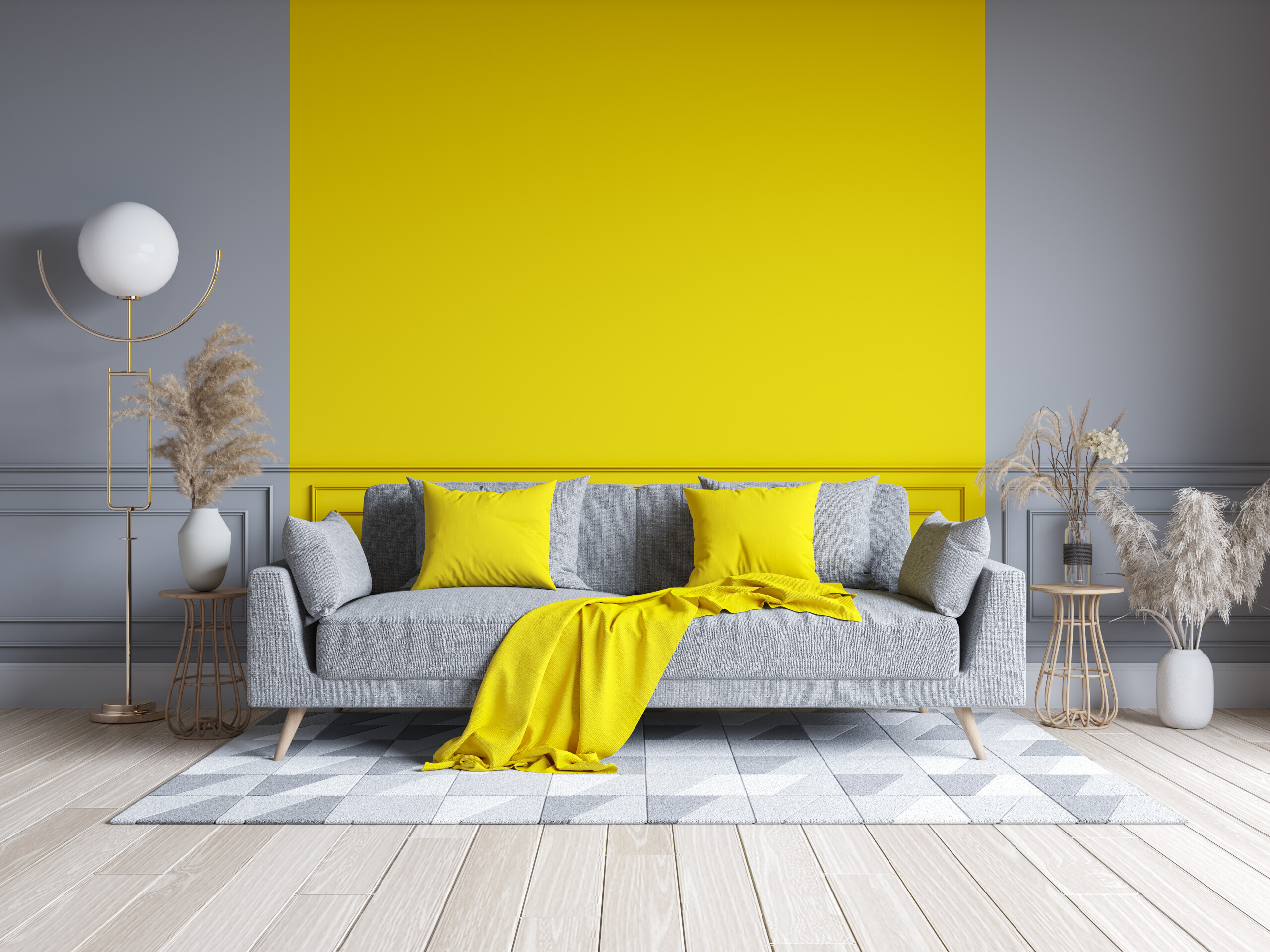 One way to narrow down your options is to explore different
color schemes for painting living room
. Some popular choices include
monochromatic
,
analogous
,
complementary
, and
triadic
color schemes. Monochromatic color schemes use different shades and tints of the same color, creating a cohesive and calming look. Analogous color schemes use colors that are next to each other on the color wheel, creating a harmonious and balanced look. Complementary color schemes use colors that are opposite each other on the color wheel, creating a bold and vibrant look. Triadic color schemes use three colors that are evenly spaced on the color wheel, creating a dynamic and visually interesting look.
One way to narrow down your options is to explore different
color schemes for painting living room
. Some popular choices include
monochromatic
,
analogous
,
complementary
, and
triadic
color schemes. Monochromatic color schemes use different shades and tints of the same color, creating a cohesive and calming look. Analogous color schemes use colors that are next to each other on the color wheel, creating a harmonious and balanced look. Complementary color schemes use colors that are opposite each other on the color wheel, creating a bold and vibrant look. Triadic color schemes use three colors that are evenly spaced on the color wheel, creating a dynamic and visually interesting look.
Adding Pops of Color
 If you prefer a more neutral color scheme for your living room, you can still add pops of color to liven up the space. Use
accent colors
in the form of throw pillows, rugs, curtains, or artwork to add interest and personality to your living room. These accents can also be easily changed out when you want to update the look of your living room without having to repaint the walls.
If you prefer a more neutral color scheme for your living room, you can still add pops of color to liven up the space. Use
accent colors
in the form of throw pillows, rugs, curtains, or artwork to add interest and personality to your living room. These accents can also be easily changed out when you want to update the look of your living room without having to repaint the walls.
Conclusion
 In conclusion, choosing the right
color scheme for painting your living room
can greatly impact the overall design and feel of the space. Consider the size and lighting of your room, explore different color schemes, and don't be afraid to add pops of color to create a unique and inviting living room. With these tips, you can create a harmonious and beautiful living room that reflects your personal style and makes you feel right at home.
In conclusion, choosing the right
color scheme for painting your living room
can greatly impact the overall design and feel of the space. Consider the size and lighting of your room, explore different color schemes, and don't be afraid to add pops of color to create a unique and inviting living room. With these tips, you can create a harmonious and beautiful living room that reflects your personal style and makes you feel right at home.

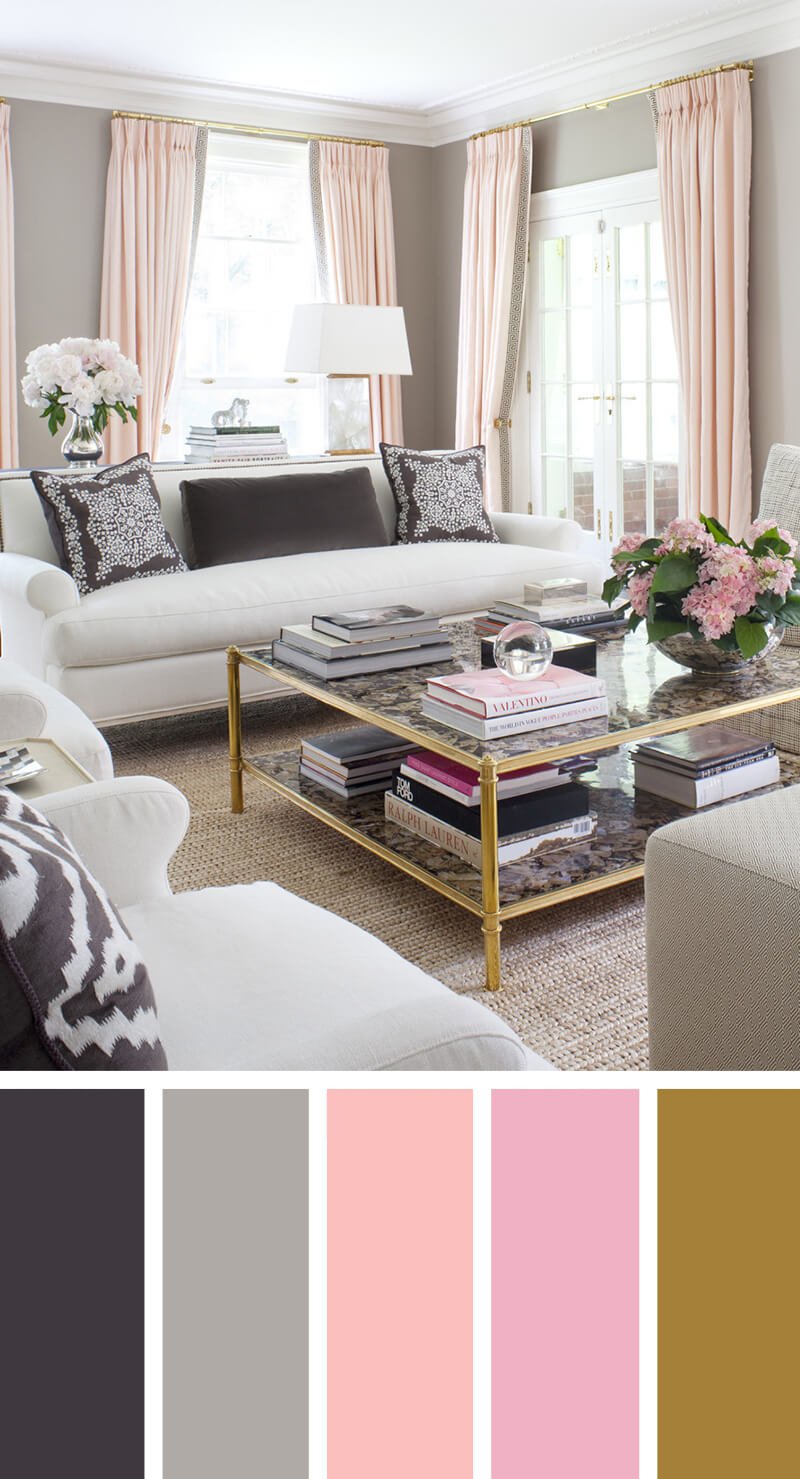
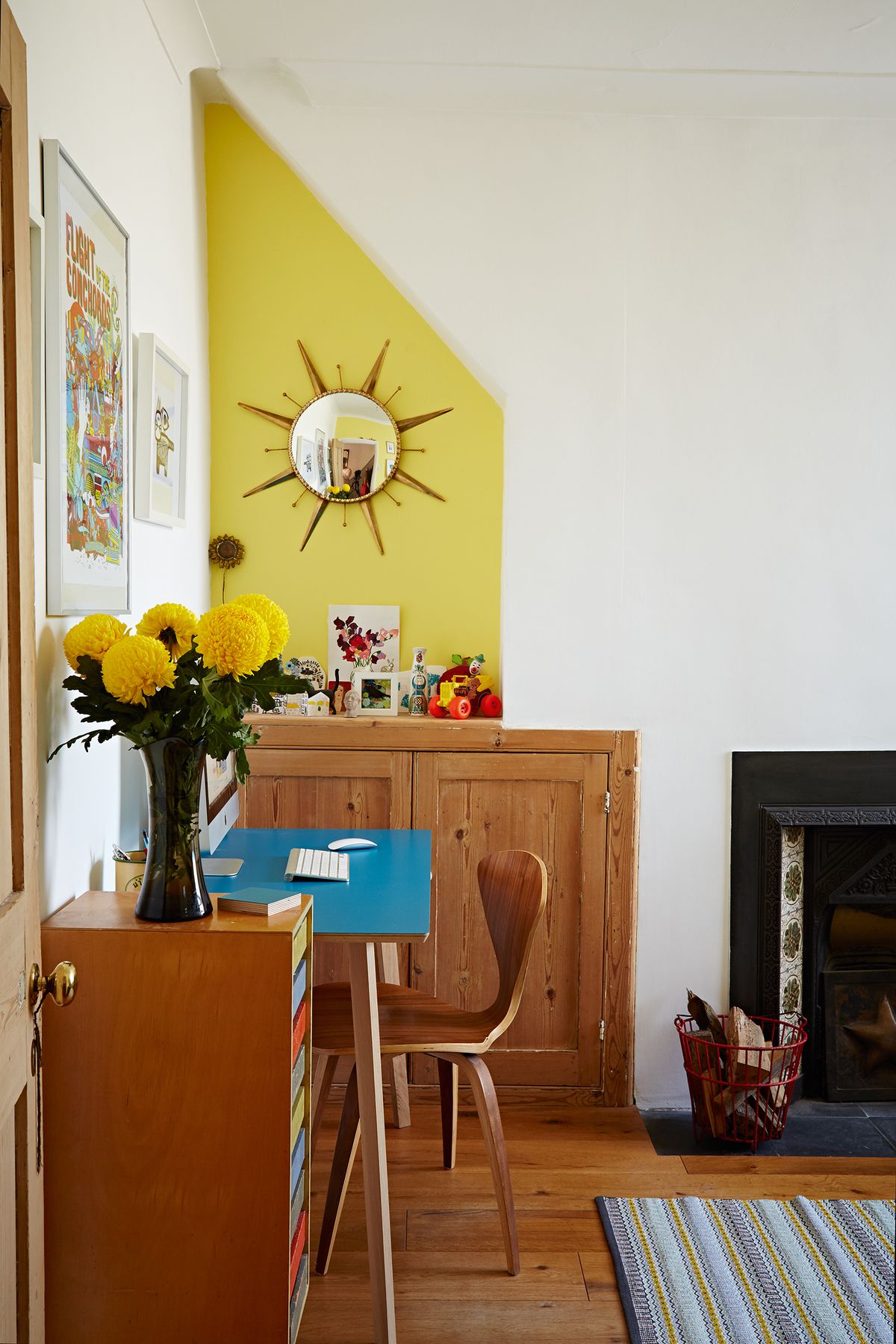
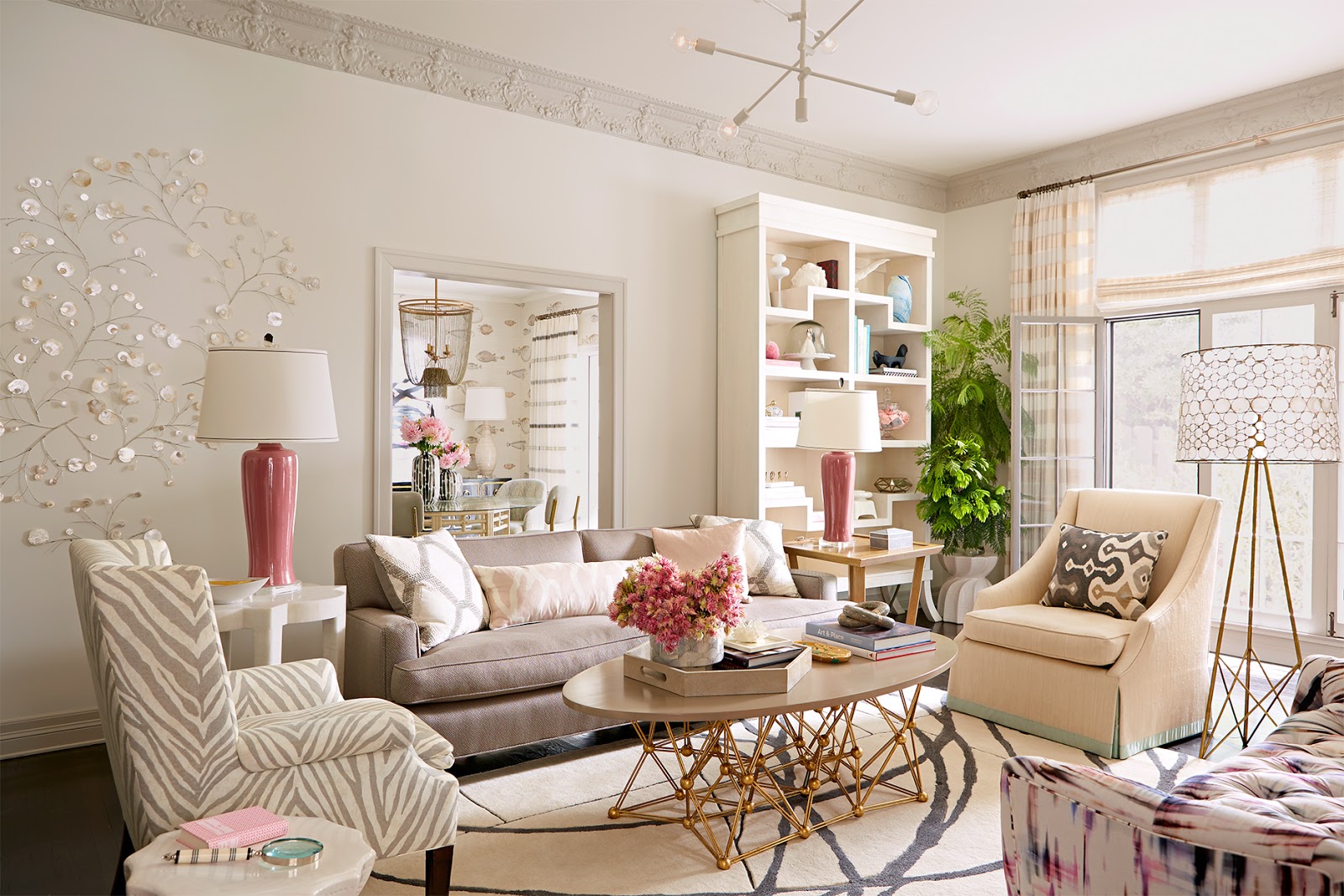
/Neutrallivingroom-GettyImages-568518365-5a6260a87d4be80036ac6b0c.jpg)


/scandinavian-living-room--19-10--949108480-5c60947746e0fb00017dd27d.jpg)

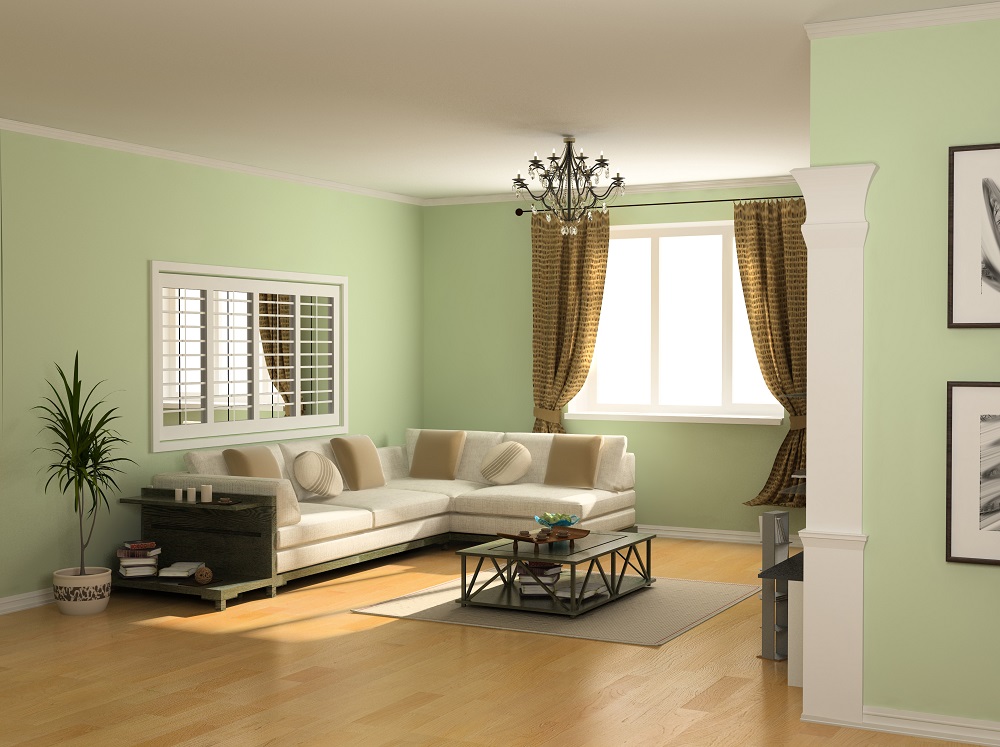


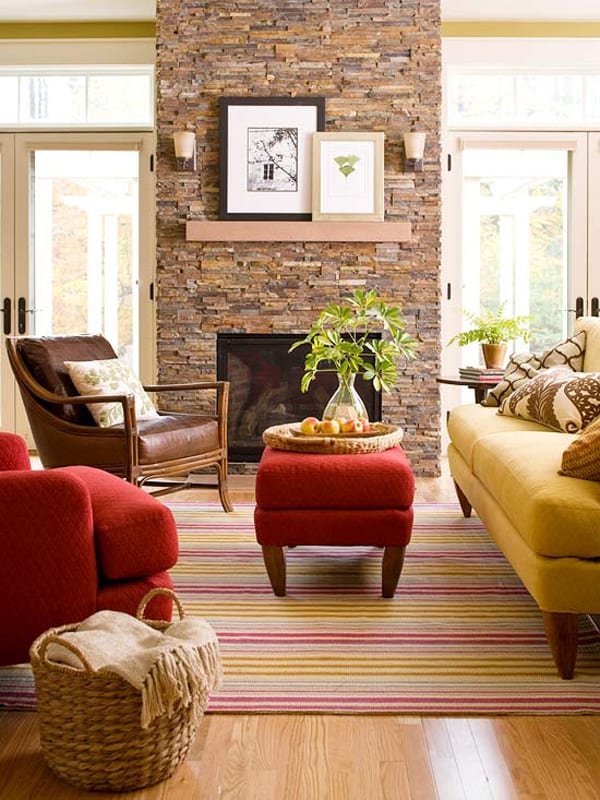
/Homedecorwarmcolors-GettyImages-640896866-596fcc88af5d3a00110c5931.jpg)

/169789002-58a723d63df78c345b930ec6.jpg)


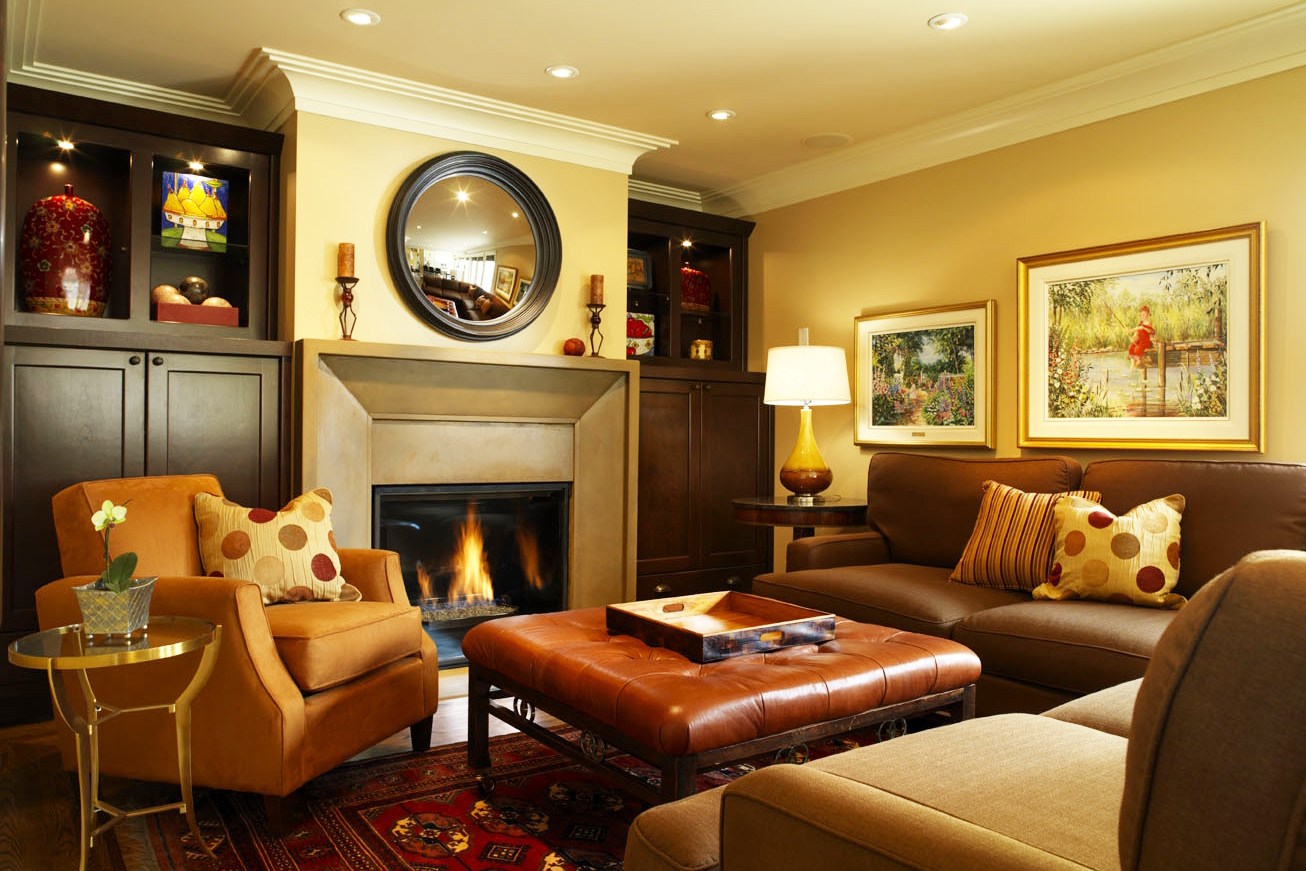
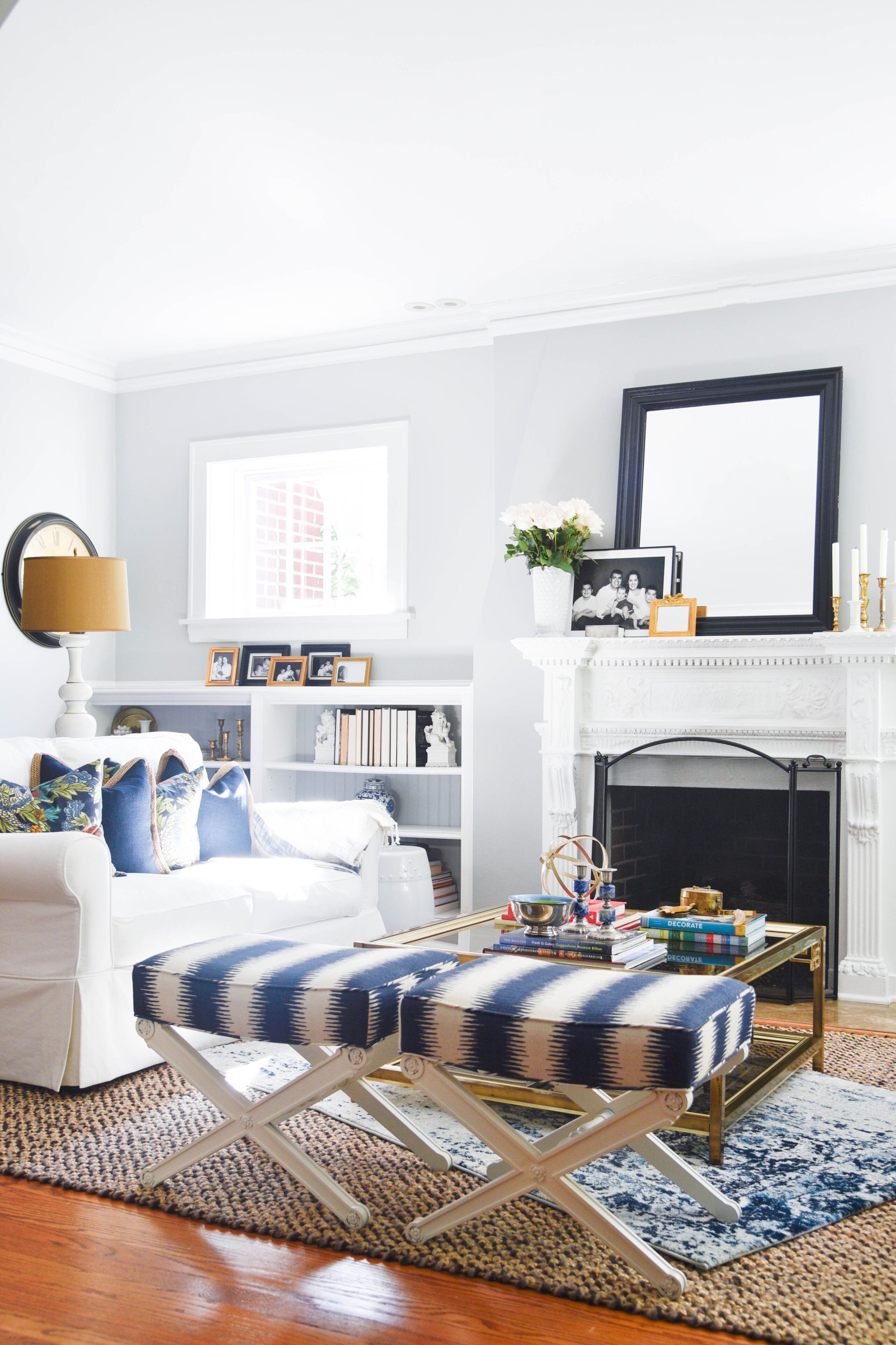

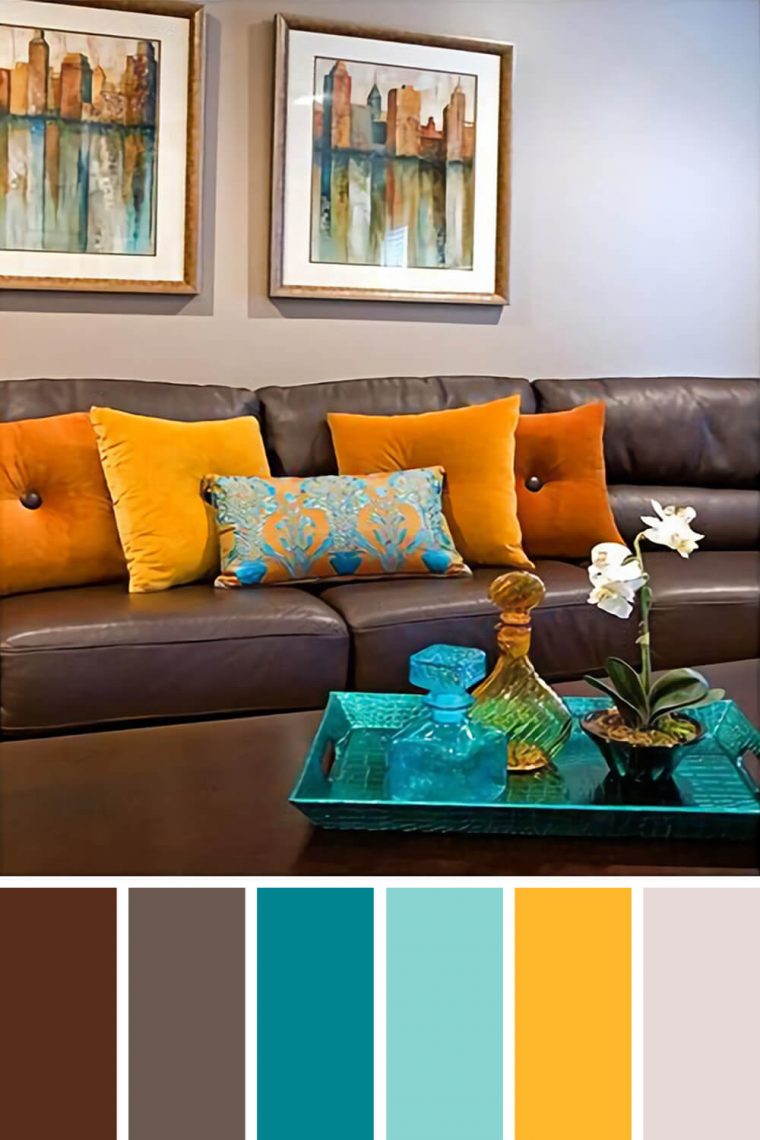
:max_bytes(150000):strip_icc()/Litchfield_BeresfordHill_025-5b89787fc9e77c00258aa53c.jpg)


:max_bytes(150000):strip_icc()/KZ8O0W-5abd0d4fa18d9e0037e877ab.jpg)




:max_bytes(150000):strip_icc()/monochromatic-175424478-resized-58a475403df78c4758656547.jpg)



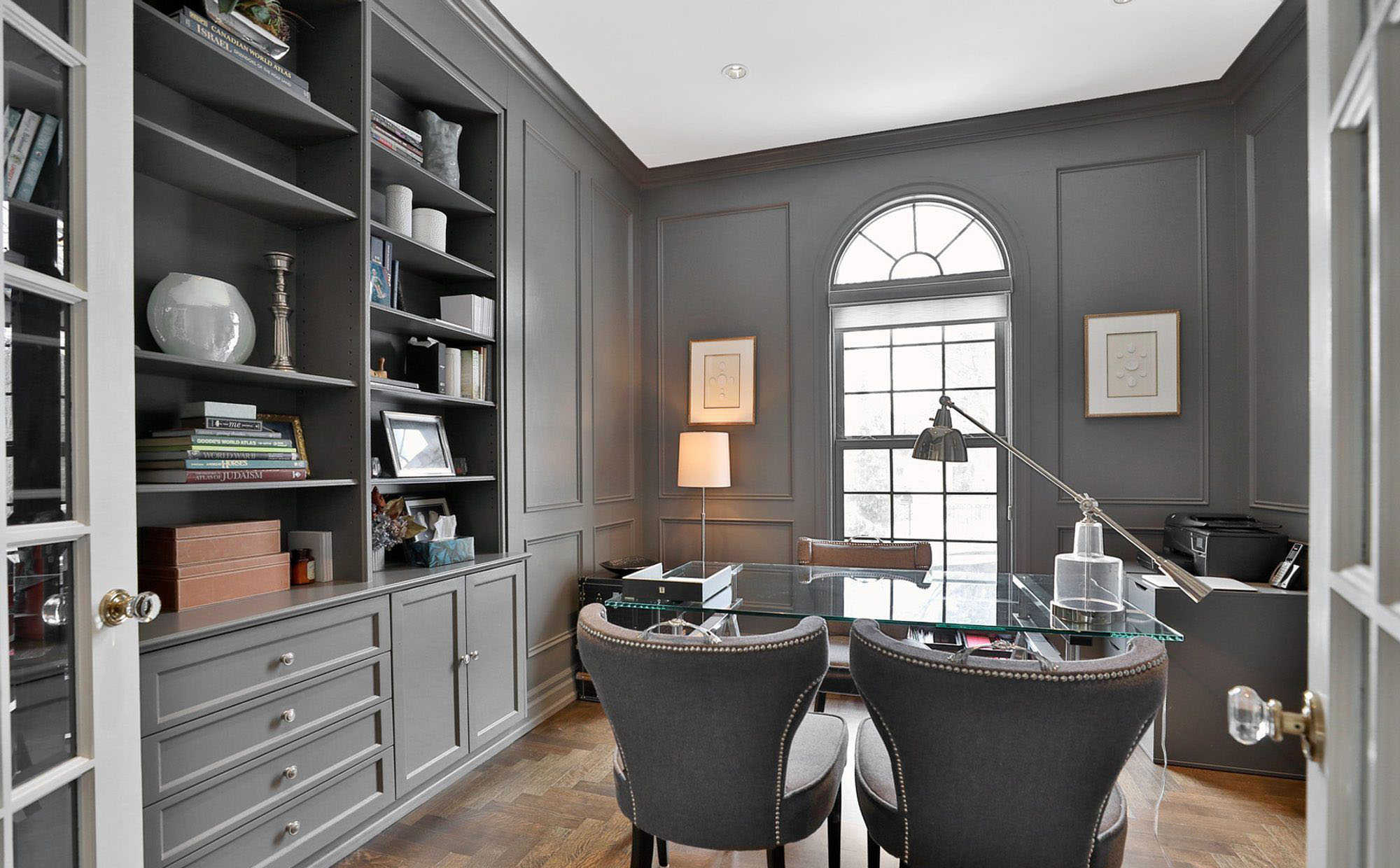




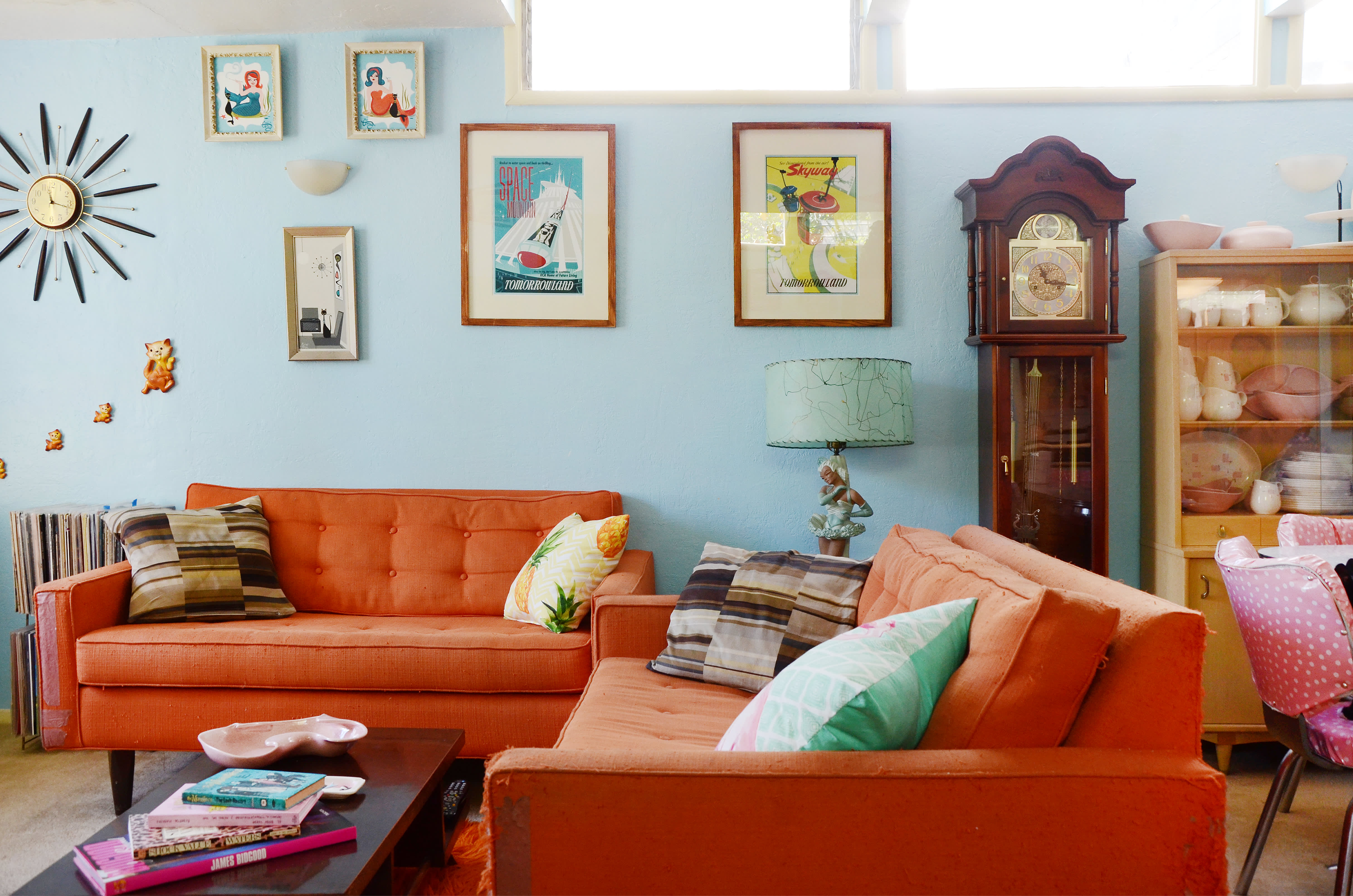














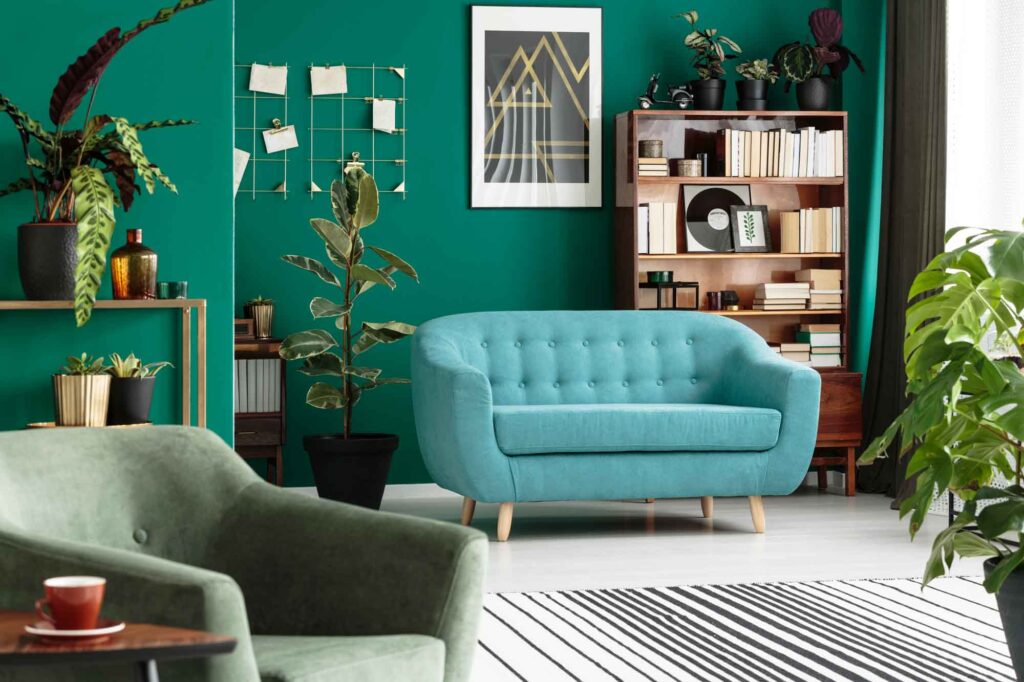




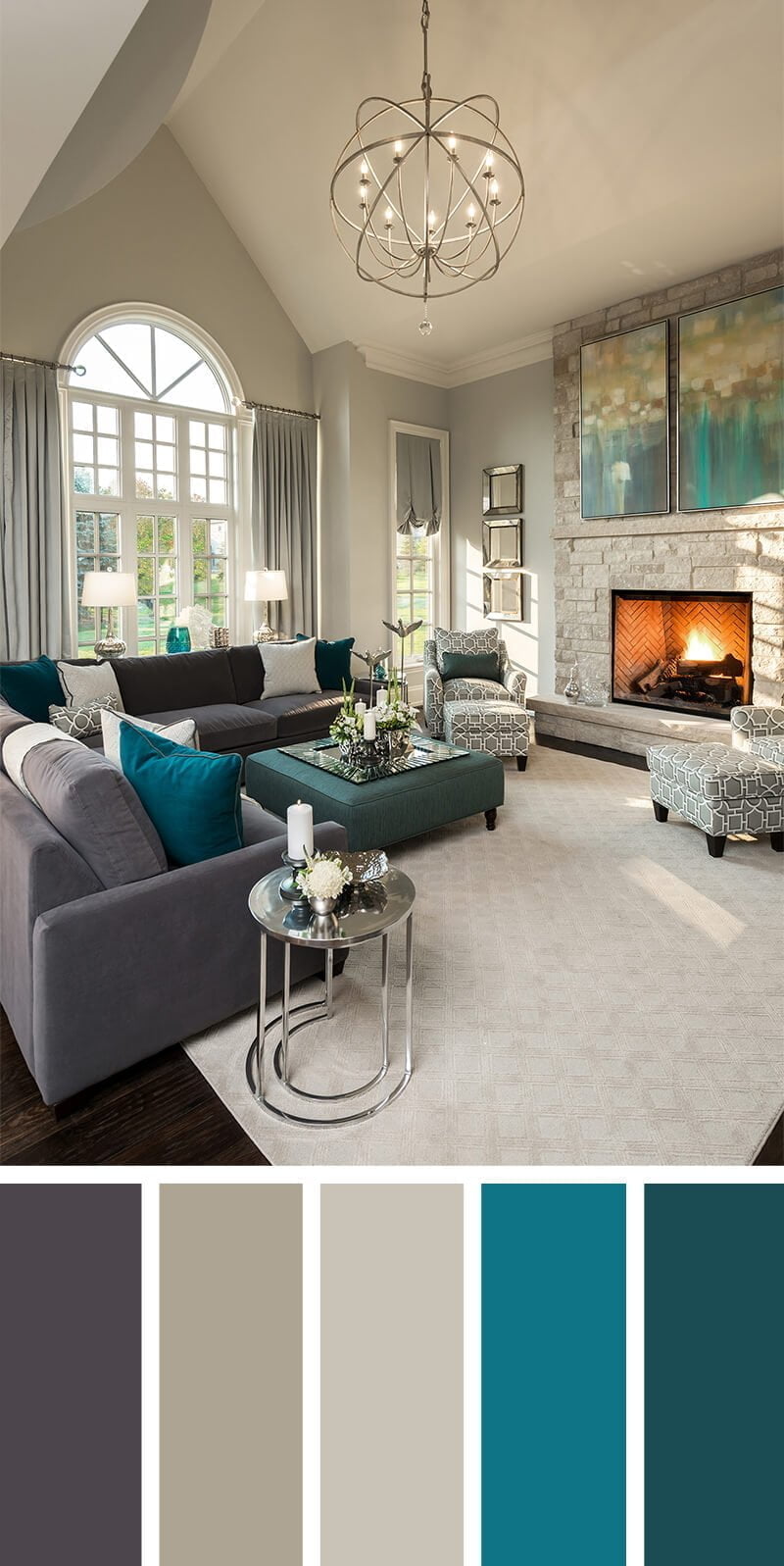






:max_bytes(150000):strip_icc()/GettyImages-1057382918-2c9f5e5e6d71446e882d3c7182bf71db.jpg)
:max_bytes(150000):strip_icc()/maitegrandeprimary-f97f061fd68e4e6388cd204e92f00d03.jpeg)



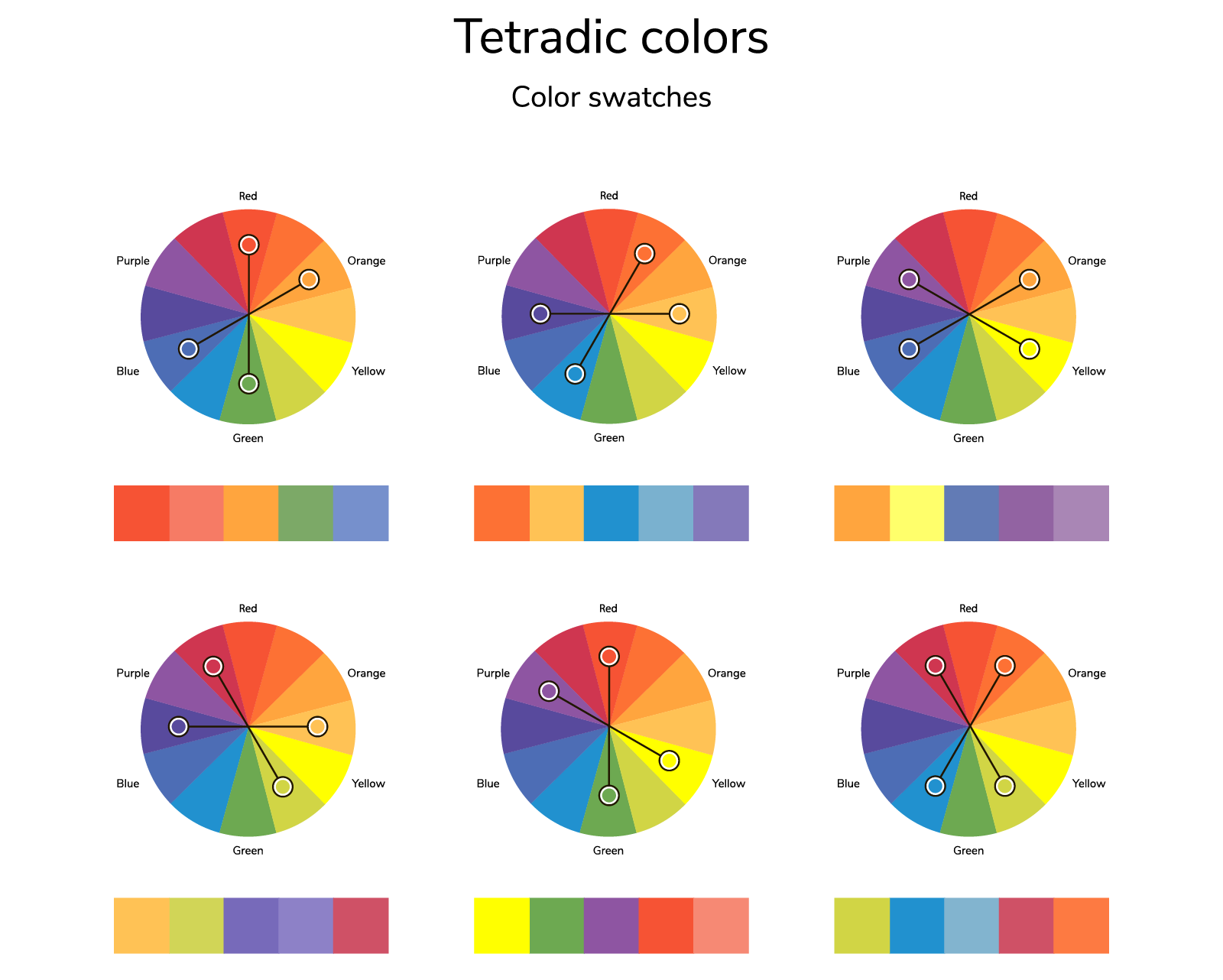









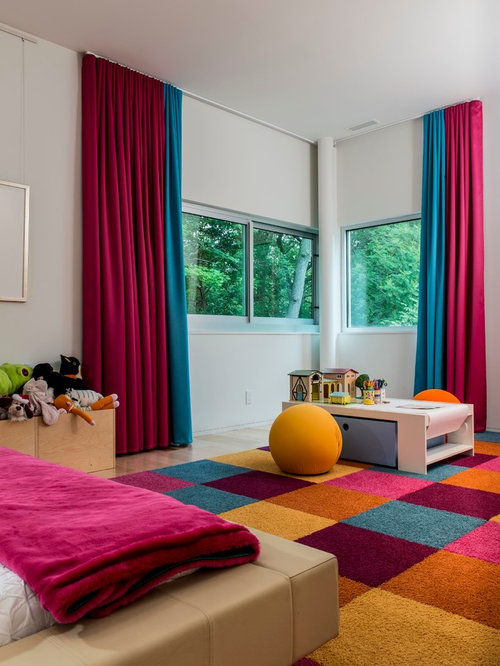






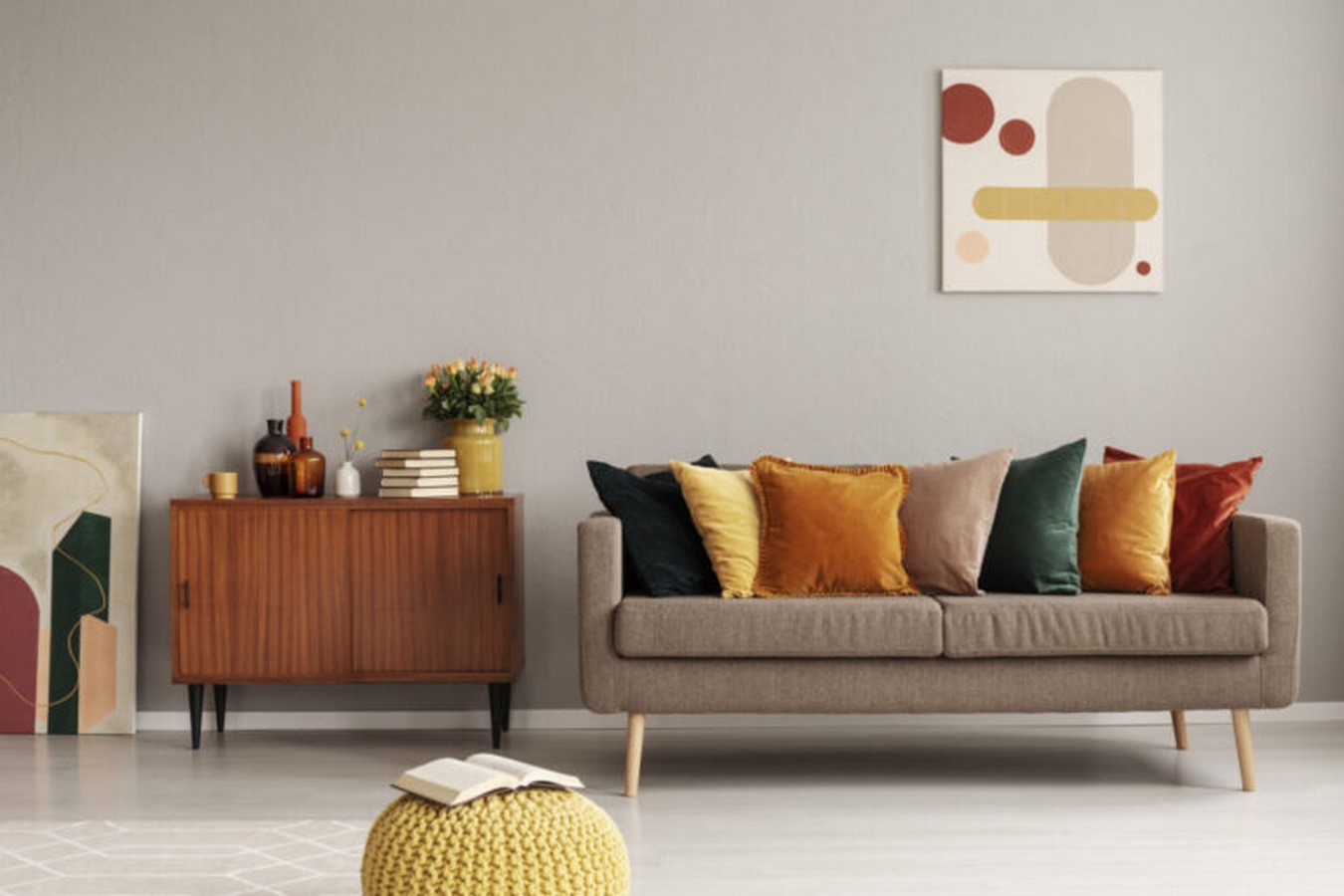


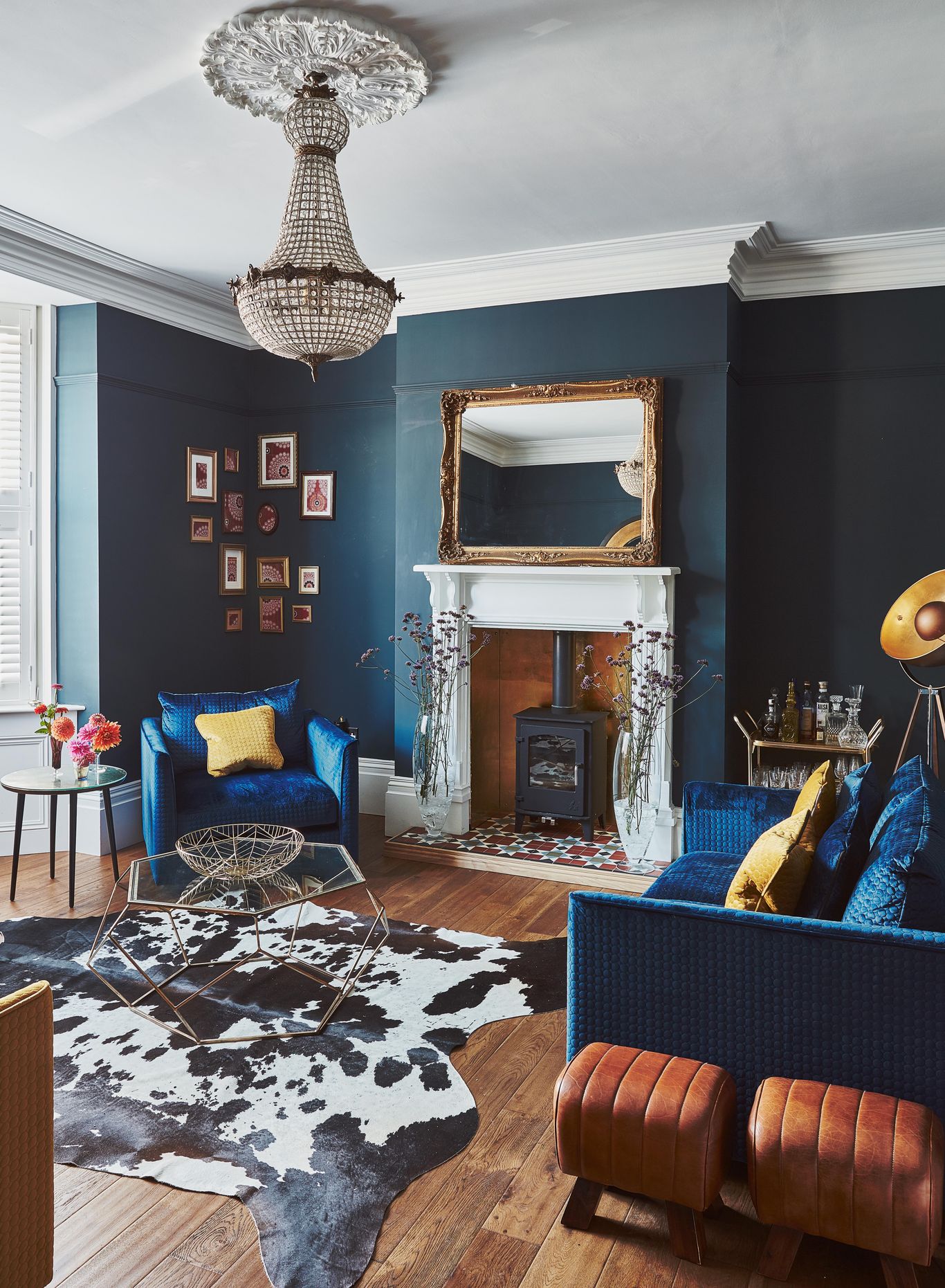





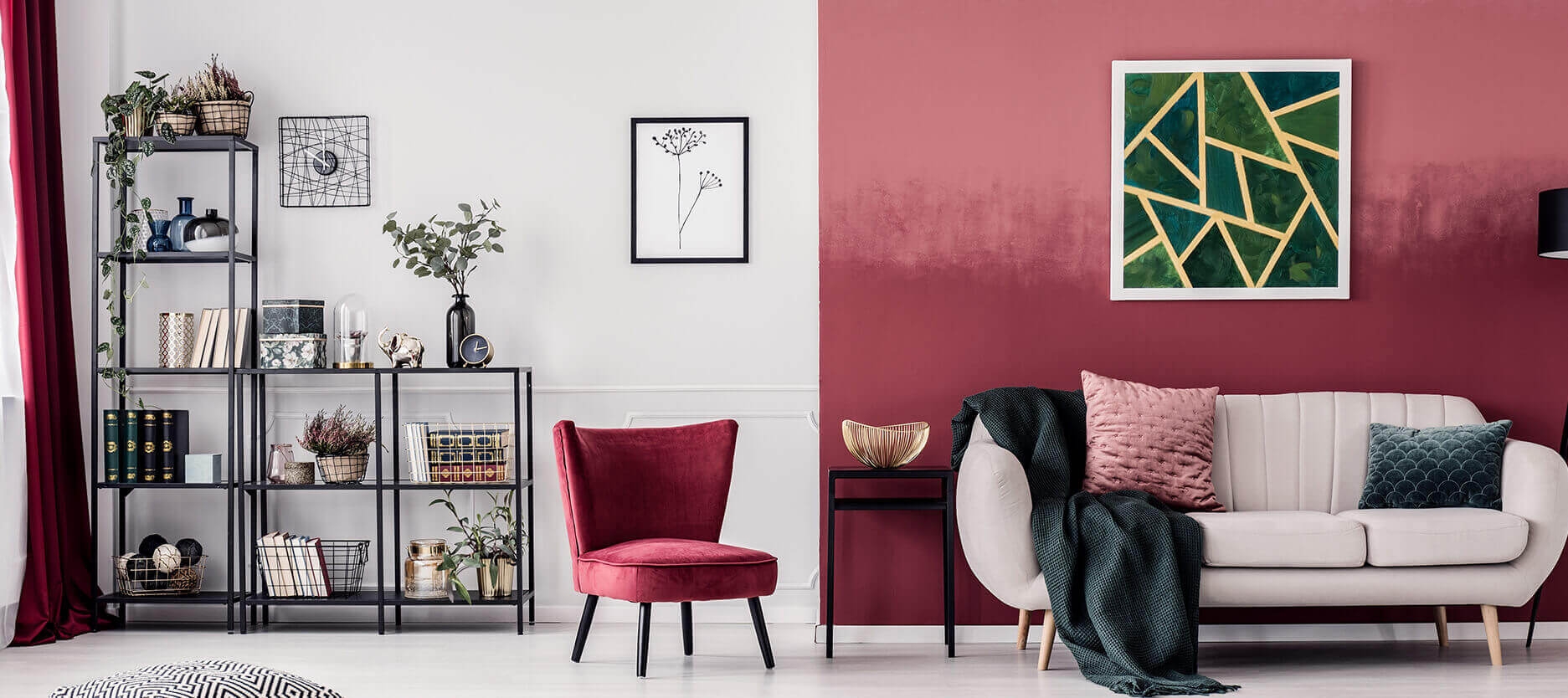
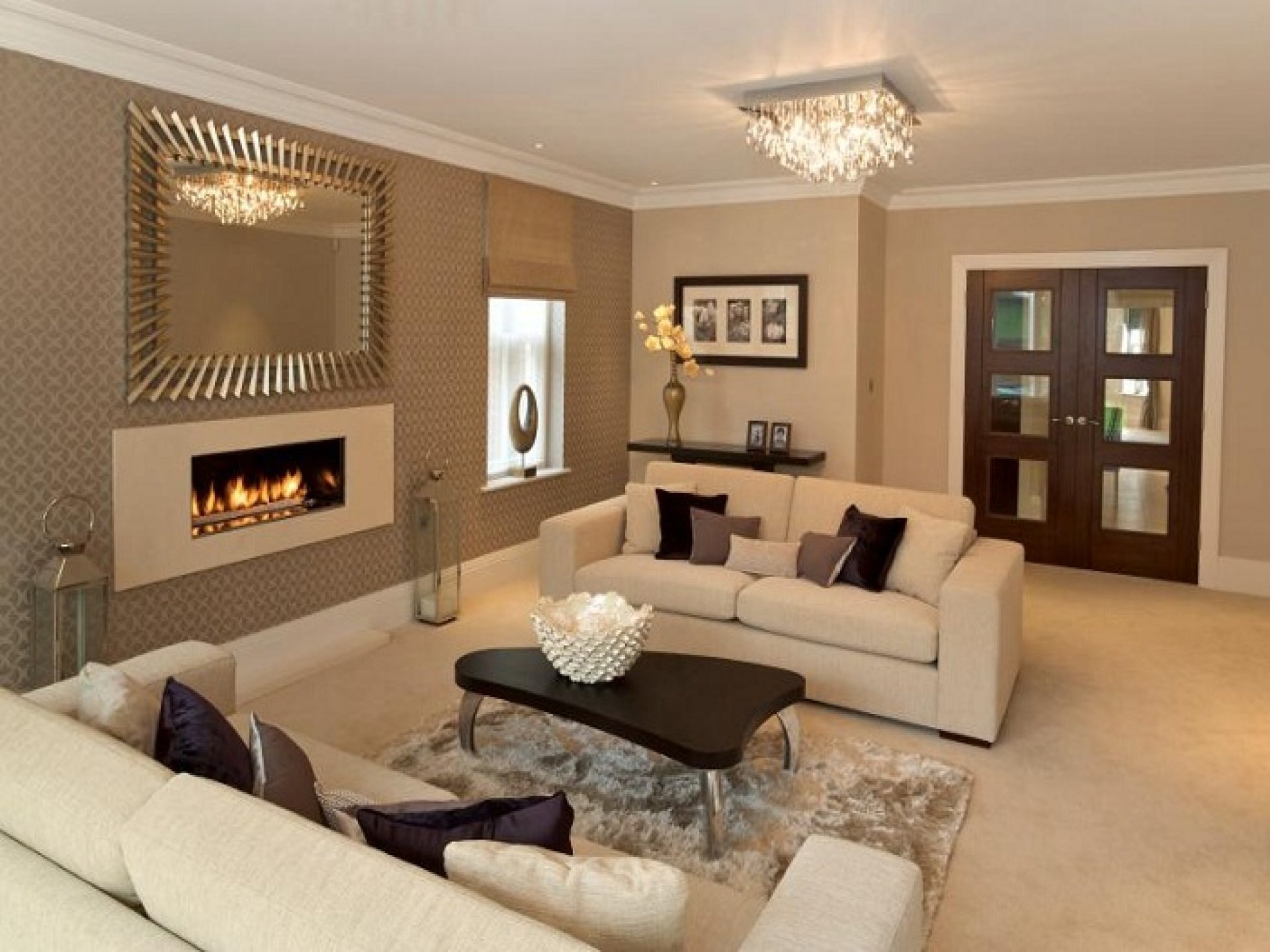






:max_bytes(150000):strip_icc()/Living-room-with-traditional-details-58c0ad323df78c353c16f913.png)
